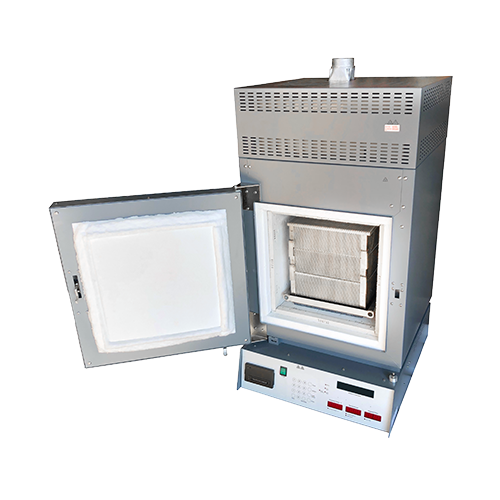The Mastery Series – Chapter 1: Intro to the mastery series
Have you ever taken a look around your lab and wondered how any of the equipment works? Have you been in the industry for more than ten years and at this point are too scared to ask? Well, believe it or not, you’re not alone.
Welcome to our mastery series – a collection of blog posts designed to help you gain a deeper understanding of the testing equipment that you use every day. From NCAT Ignition Ovens to Core bits, we’ll cover how stuff works, why it’s in your lab, and, most importantly, how you can take care of it so it doesn’t fail on you when you need it most.
Table of Contents

Why Should I Listen To You?
If you haven’t been following us on social media, watching our Youtube videos, reading our past articles, or listening to our presentations at asphalt conferences, then you might not know who we are. That’s ok, even if you don’t know about us, chances are you’ve been benefiting from the knowledge that we’ve shared previously.
We are Gordon Technical Sales and Service, Inc. and we’ve been helping asphalt testing labs over the last 15 years find ways to extend the life of their equipment and boost their productivity. To date we have helped to develop 5 pieces of test equipment, serviced over 1600 lab locations, and hold multiple state service contracts.
Last year we achieved our ISO 17025 certification and became the first company to derive their test procedures directly from the American Association of State Highway and Transportation Officials (AASHTO) test methods. It made our certification that much harder to get because we had nothing to go off of, but testing labs need that level of dedication if they hope to keep up with changing standards.
We are tired of over complicated testing equipment and even more complicated product descriptions. During this series we will attempt to make difficult concepts easy to understand so that you can focus on what’s actually important, making the best asphalt you can.
What Will I Learn
The Mastery Series will be a long-running series of blog posts that delve into the most common lab testing equipment found in asphalt testing laboratories. We will bring in industry experts and manufacturer representatives to assist us and make sure that we are delivering the best, most accurate information possible.
Each post will introduce a specific piece of equipment, discuss its function, and explain its role in the asphalt testing process. By the end of the series, you’ll have a solid grasp of the essential tools and equipment that make up a successful asphalt testing lab.
Here’s a sneak peek of the beginning of our series:
- Chapter 2: Introducing the NCAT Ignition Oven
- It’s History
- How it works, and Why You need to know
- Why Sample Baskets are made the way they are
- Tips on lowering your burn time
- Chapter 3: Maintaining Your NCAT Ignition Oven
- Top 5 things that fail
- How to fix them
- How to lower their chances of happening in the middle of your season
- Chapter 4: Diagnosing and Troubleshooting your NCAT Ignition Oven
- How three diagnostics tests show 98% of your problems
- What each error code really means
- How to troubleshoot and fix errors on your own
- When to call for help
- Chapter 5: Introduction to your General Heating (Drying) Oven
- How Ovens do what we need them to
- Why the type of oven matters
- How to decode a spec sheet
And that’s just the beginning! We’ll also discuss various accessories, best practices, and tips for maintaining and troubleshooting your lab equipment.
What do I need to do to be able to read them
We post on all of our social media accounts, and our website when a new article lands. We also share all of the content we make each month on our newsletter which you can sign up for on our website. Or on this handy sign up form below.
Get Involved and Stay Connected
We want the Mastery Series to be interactive and engaging. We encourage you to ask questions, leave comments, and share your own experiences with the equipment we cover. If you like what you see, make sure you share it on your own social accounts so we can expand the network.



